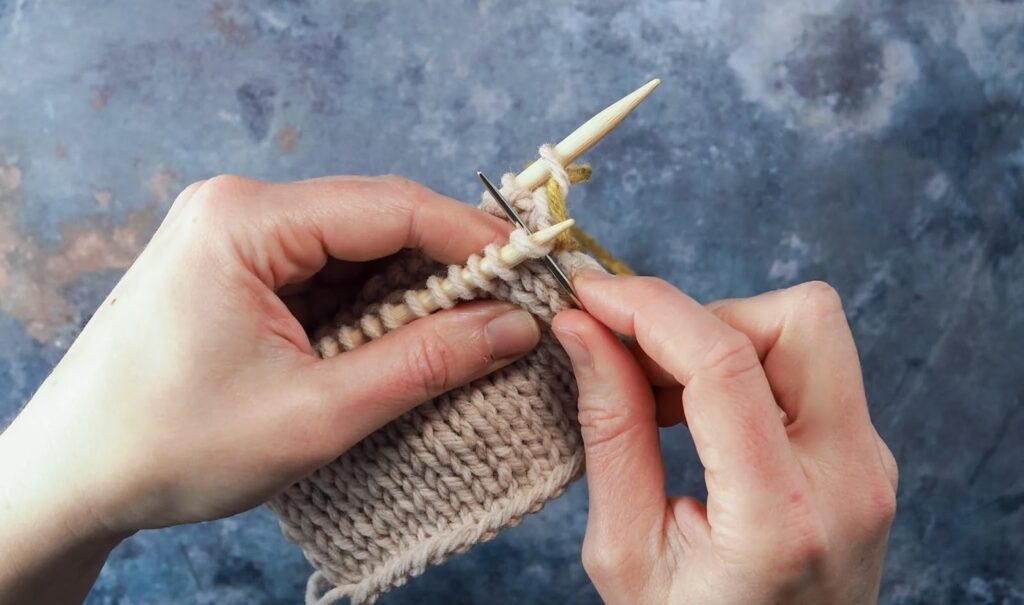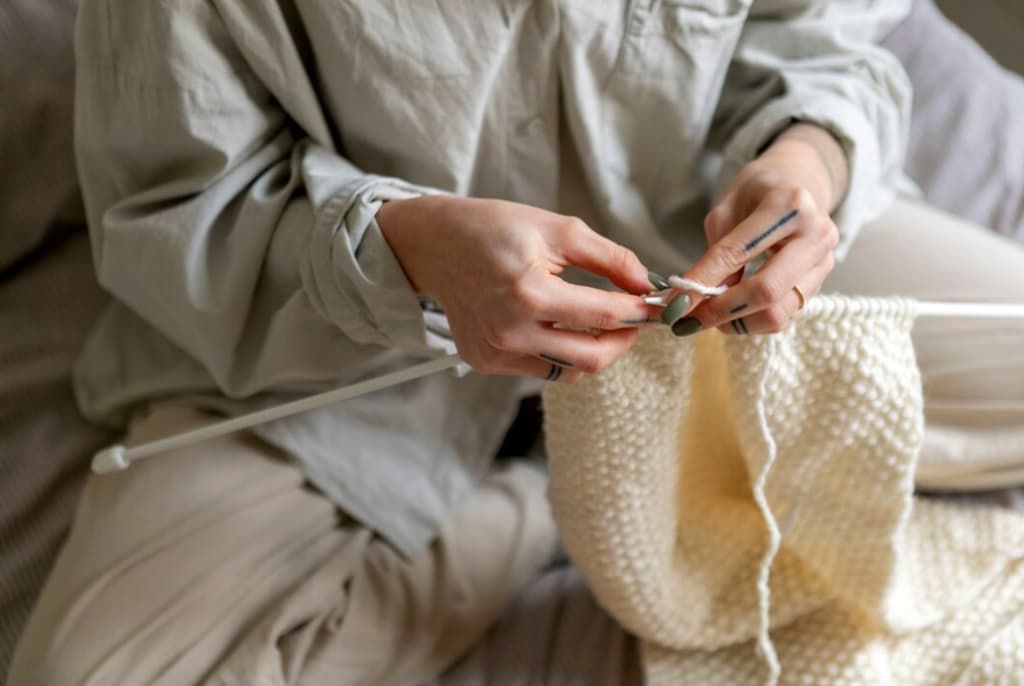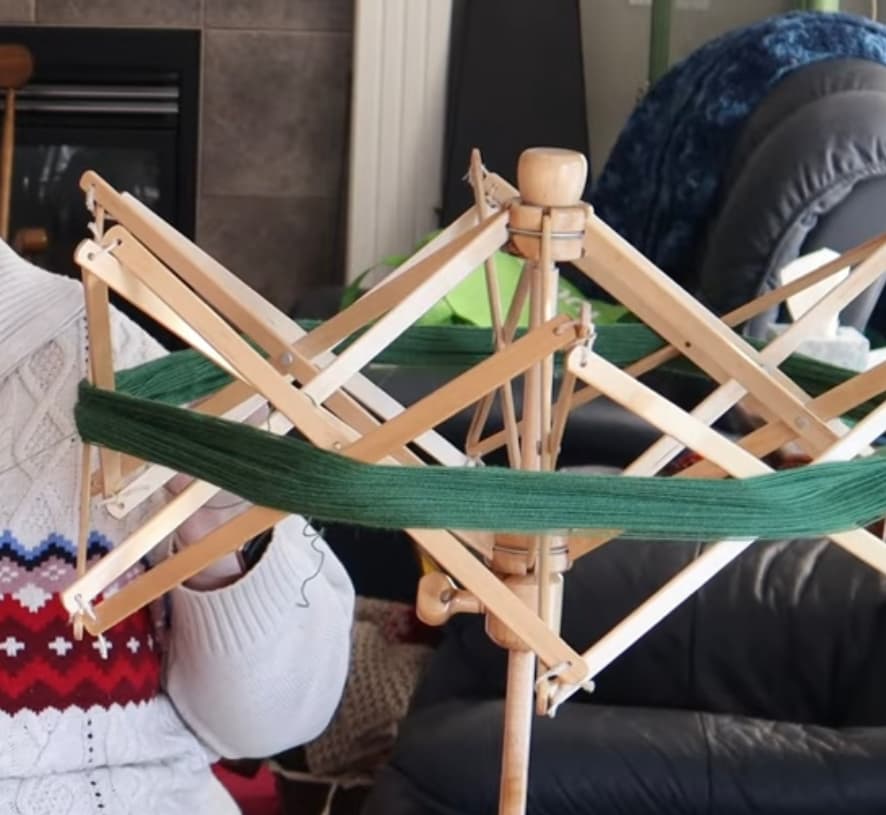Knitting is an engaging pastime that offers endless creativity, but some techniques can be challenging to grasp. One such technique is the Kitchener Stitch, also known as grafting. This stitch can be a mental hurdle for many beginners due to its complexity. However, with the right guidance and a handy set of tips, anyone can master this useful knitting skill. This tutorial will provide an extensive guide on mastering the Kitchener Stitch, ensuring an even fabric every time.
Essential Materials for Grafting
Before delving into the detailed steps, ensure to gather these necessary materials:
- Two knitted fabric edges needing to be seamlessly joined (live stitches);
- A yarn needle (also known as a tapestry needle or a darning needle);
- A strand of yarn, approximately 5 to 6 times the length of the fabric that would be connected.
A Comprehensive Tutorial on the Art of Grafting Through Kitchener Stitch
Phase 1: Commence with the wrong sides of the fabric facing you, with your operational yarn emanating from the right-hand side of the posterior needle.
Phase 2: Employing the yarn needle, artfully insert it into the inaugural stitch on the anterior needle, adopting the semblance of a purl maneuver.
Tip: It’s worth noting that the tip of the yarn needle should be oriented towards the left. (This principle invariably applies to executing a purl stitch.)
Phase 3: Carefully pull the yarn needle and its accompanying yarn through the stitch, ensuring that the stitch remains securely perched on the knitting needle.
Phase 4: With finesse, introduce the yarn needle into the first stitch on the posterior needle, simulating a knit action.
Tip: It’s imperative to observe that the tip of the yarn needle should now be oriented towards the right. (This rule consistently holds true for executing a knit stitch.)
Phase 5: Gently draw the yarn needle and yarn through, ensuring that the stitch maintains its residence on the knitting needle.
Phase 6: Proceed to insert the yarn needle through the initial stitch on the anterior needle, mimicking a knit maneuver.
Phase 7: Effortlessly slip the stitch off the knitting needle and onto the yarn needle. Following this, introduce the yarn needle into the subsequent stitch, employing a purl-like approach.
Tip: The term “purlwise” serves as a synonym for “as if to purl.”
Phase 8: Meticulously pull the needle and yarn through, leaving the second stitch that has been manipulated still affixed to the knitting needle.
Tip: After a few repetitions of phases 6 to 11, you should find it possible to execute phases 6 to 8 with a degree of fluidity, such that your primary focus lies in the initiation of phase 6. For guidance on maintaining this rhythm, consult the tip provided in phase 12.
Phase 9: Proceed to insert the yarn needle through the first stitch on the posterior needle, adopting a purl-esque approach.
Phase 10: Gently slide the stitch from the knitting needle onto the yarn needle. Subsequently, insert the yarn needle into the subsequent stitch, employing a knit-like technique.
Tip: The term “knitwise” serves as a synonym for “as if to knit.”
Phase 11: Proceed to pull the needle and yarn through, ensuring that the second stitch manipulated remains firmly ensconced on the knitting needle.
Tip: After a few repetitions of phases 6 to 11, you should find it possible to execute phases 9 to 11 with a degree of fluidity, such that your primary focus lies in the initiation of phase 6. For guidance on maintaining this rhythm, consult the tip provided in phase 12.
Phase 12: Continuously replicate phases 6 to 11 until all the stitches have been seamlessly united.
Tip: To determine whether the first stitch in the repetition should be executed knitwise or purlwise, simply assess the fabric that is in direct view. If you find yourself working with stitches on the anterior needle, you should observe a smooth fabric facing you. Consequently, you should execute the first stitch as if to knit, thus harmonizing it with the fabric. Conversely, if you are maneuvering stitches on the posterior needle, you should find purl bumps facing you. In such instances, executing the first stitch purlwise will ensure alignment with the fabric.

Now, as we delve into the world of knitting, let’s briefly explore the “Cuff-Down Socks Class: Gusset!” This crucial technique can elevate your sock-knitting prowess.
The gusset, a vital component in sock construction, ensures a comfortable fit by shaping the heel. To master this art, follow these steps:
- Knit across the stitches until you reach the designated spot for the gusset;
- Increase stitches on each side of the sock using methods like “Make 1 Left” and “Make 1 Right.”;
- Continue this pattern until you achieve the desired gusset length;
- Your sock is now primed for comfortable wear, providing the perfect blend of style and functionality.
By combining the art of Grafting through Kitchener Stitch with the knowledge of mastering the gusset in sock-knitting, you’re well on your way to becoming a knitting virtuoso, creating intricate and diverse textile wonders.
Conclusion
The Kitchener Stitch is truly an essential art in the realm of knitting, allowing for seamless joins and giving your finished pieces a professional look. Although it might appear complex initially, with practice and perseverance, you’ll discover it to be a powerful technique that elevates your knitting creations. Now, armed with this comprehensive guide, you’re ready to embark on your Kitchener Stitch knitting journey. Happy grafting!






